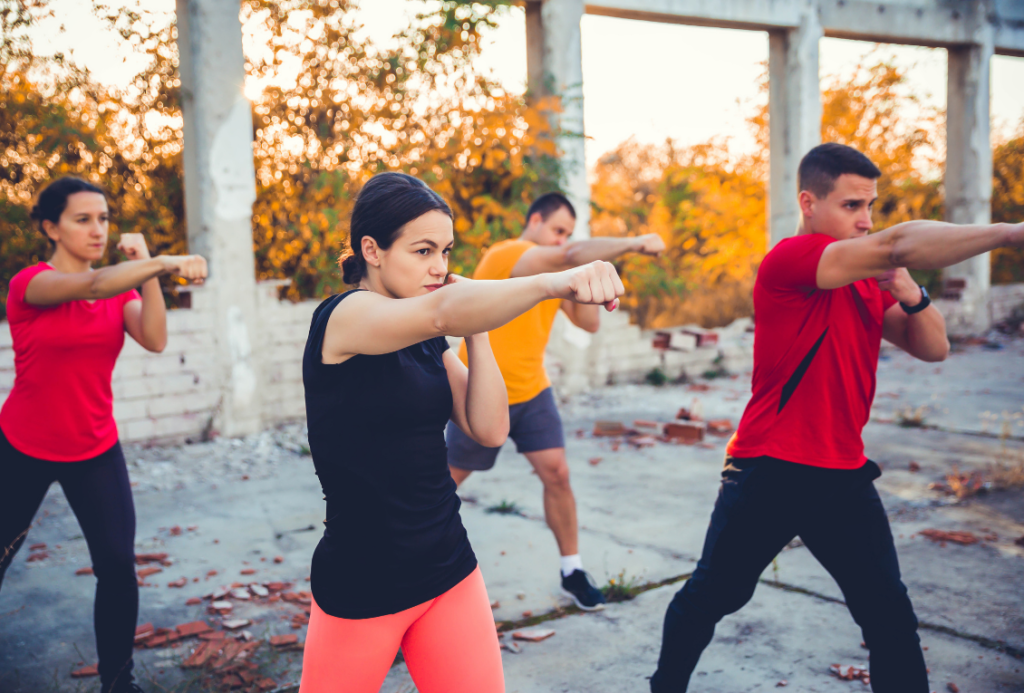In a world where personal safety can sometimes be uncertain, self-defense remains a critical skill for people of all backgrounds. While historical tactics were limited to physical confrontations, modern self-defense encompasses various strategies enabled by legal structures, psychological understanding, and technological advancements. Companies like LT Arms provide tools and resources that empower individuals to secure their safety responsibly.
Understanding the Legal Framework of Self-Defense
Personal defense is not just about physical prowess but also depends on the legal permissibility of actions. Different countries and states have laws governing the justifiable use of force. In the US, laws like the ‘Castle Doctrine’ and ‘Stand Your Ground’ allow citizens to defend themselves in their homes or places where they have a lawful right to be, sometimes without the duty to retreat. Understanding these laws is crucial for navigating the complex legal environment.
Self-Defense Techniques and Training
Self-defense involves combat techniques and knowledge to prevent or survive dangerous confrontations. While martial arts teach hand-to-hand combat, verbal communication skills are crucial for de-escalating conflicts. Regular training enhances muscle memory, making responses instinctual in an attack. It boosts confidence, reduces panic, and increases the chances of a positive outcome in the face of danger.
Firearms as a Means of Personal Defense
Though sometimes controversial, firearms are undeniably effective for self-defense when used appropriately and responsibly. Mastery in their use comes not only from consistent practice at the range but also from understanding their mechanics and the responsibility of ownership. Responsible firearms owners should be well-versed in safety protocols and local laws and have a practiced plan for secure storage. This trifecta decreases the likelihood of accidents and unauthorized access. Such a disciplined approach minimizes risks and promotes a culture of safety around firearms for personal protection.
The Impact of Self-Defense on Public Safety
The benefits of personal defense inherently extend to public safety, elevating societal security as a whole. Educating communities about safe and effective self-defense practices, including the responsible use of firearms, can reduce crime rates and improve public perceptions of safety. A study by the RAND Corporation indicated that specialized training and education in firearm use can positively influence public safety outcomes. Such community-based programs and research ensure that self-defense is an individual and collective responsibility.
Exploring Non-Firearm Self-Defense Options
For individuals seeking alternatives to firearms, the market offers a plethora of non-lethal tools to assist in personal defense. Personal alarms emit loud noises to deter assailants and attract attention, while pepper sprays and stun devices provide means to incapacitate an attacker, buying crucial time to escape temporarily. The personal security industry innovates, creating devices that combine ease of use with discrete portability.
The Role of Self-Defense in Empowering Individuals
Self-defense is a potent means of empowerment. By learning how to safeguard oneself, an individual gains confidence, which can have transformative effects on all aspects of life. Whether walking through a parking lot late at night or traveling abroad, the assurance of possessing self-defense skills can be life-changing. Self-defense also offers control and autonomy, especially for those who have previously felt vulnerable or victimized. Through training, individuals learn to assert boundaries effectively and approach life proactively, fostering a feeling of empowerment and agency.

